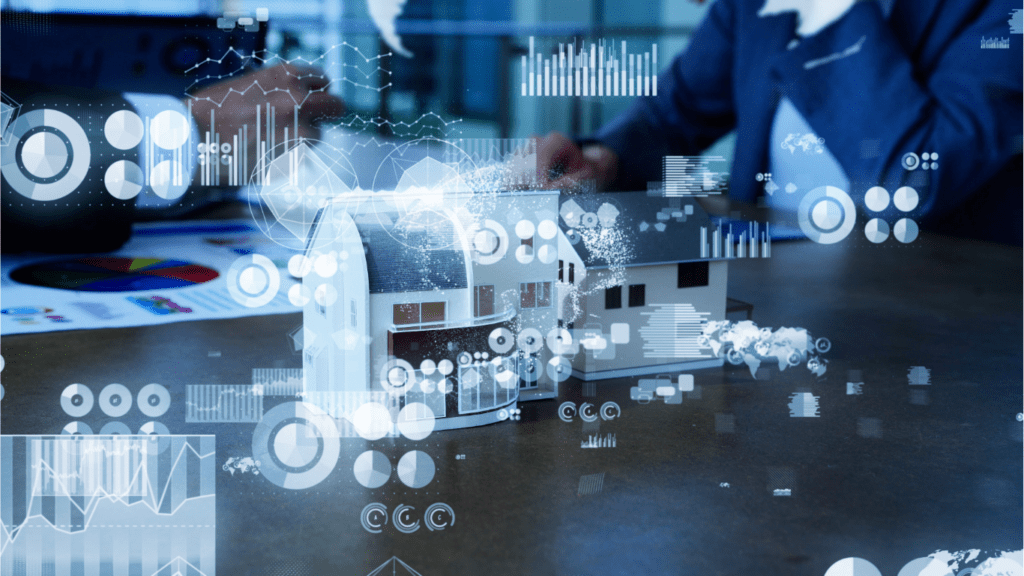The Importance Of Sustainability In Real Estate Development
Sustainability drives long-term value in real estate. By integrating eco-friendly practices, developers address environmental challenges like carbon emissions and resource depletion. These measures enhance resilience against regulatory changes and shifting market demands.
Green buildings attract higher demand. Properties featuring renewable energy systems, energy-efficient designs, or sustainable materials result in increased tenant satisfaction and reduced operational costs. For example, LEED-certified buildings often achieve higher occupancy rates.
Governments incentivize sustainable initiatives. Tax credits, grants, and zoning benefits encourage developers to adopt greener practices. These policies make eco-conscious real estate development financially attractive while advancing environmental goals.
Sustainability strengthens brand reputation. Developers demonstrating environmental commitment build trust with investors, stakeholders, and communities. Projects highlighting sustainability tend to stand out in competitive markets.
Resilient infrastructure supports climate adaptation. Sustainable designs mitigate risks from flooding, extreme heat, or resource shortages. By focusing on durability, developers ensure long-term usability and asset protection.
Key Sustainable Tech Solutions
Sustainable technology transforms real estate development by optimizing resource use and minimizing environmental impact. I’ll explore several impactful solutions designed to advance eco-conscious building practices.
Smart Building Systems
Smart building systems streamline energy consumption, improve operational efficiency, and enhance occupant comfort. I leverage technologies like IoT sensors, smart thermostats, and automated lighting to monitor and reduce energy waste. Advanced building management systems enable real-time data analysis, ensuring efficient maintenance and reducing long-term operational costs. For example, motion-sensitive lighting systems in common areas cut energy usage during non-peak hours.
Renewable Energy Integration
Integrating renewable energy sources reduces dependency on non-renewable power and lowers carbon footprints. Solar panels, wind turbines, and geothermal systems fit seamlessly into new or existing developments to generate clean, sustainable energy. I use solar arrays on rooftops to offset electricity needs, while battery storage technologies ensure energy availability during peak demands. Policies offering tax incentives and rebates further support these innovations, making them attractive to developers.
Energy-Efficient Construction Techniques
Energy-efficient construction minimizes resource consumption during and after the building process. I prefer materials like insulated concrete forms and low-emissivity windows to improve thermal performance. Precision in design, such as building orientation and passive cooling techniques, optimizes natural ventilation and light, reducing reliance on mechanical systems. Pre-fabricated elements and 3D printing also cut material waste, aligning construction with sustainability goals.
Benefits Of Sustainable Tech In Real Estate

Sustainable technology in real estate offers significant advantages, creating value for developers, residents, and the environment. These solutions improve resource efficiency, reduce costs, and enhance overall property appeal.
Environmental Impact
- Green technology minimizes ecological harm by reducing carbon footprints and conserving resources.
- Renewable energy systems like solar panels lower reliance on fossil fuels, while energy-efficient building materials decrease waste during construction.
- Smart water management systems, including rainwater harvesting and low-flow fixtures, preserve water resources.
These measures collectively address climate challenges and promote eco-responsibility.
Cost Savings For Developers And Residents
Sustainable tech reduces operational expenses through improved efficiency. Smart energy systems, such as automated HVAC controls and LED lighting, cut electricity costs by up to 30%. Renewable energy solutions provide long-term savings by offsetting utility expenses. For developers, efficient design and materials lower construction waste and costs. Residents benefit from reduced monthly bills, increasing affordability.
Enhanced Property Value
- Sustainable developments consistently achieve higher market valuations.
- Properties with features like net-zero energy systems and LEED certification attract eco-conscious buyers and tenants willing to pay a premium.
- Increased demand for green buildings contributes to higher occupancy rates, enhancing revenue for landlords.
Additionally, government incentives for sustainable properties further boost financial returns.
Challenges In Adopting Sustainable Tech Solutions
Incorporating sustainable tech into real estate development introduces several challenges, often hindering widespread adoption. Overcoming these obstacles requires strategic planning and collaboration within the industry.
High Initial Investment
Implementing sustainable technologies often demands significant upfront costs, affecting developers’ budgets. Smart building systems, renewable energy sources, and energy-efficient materials typically come with higher price tags than traditional options. For example, installing solar panels or optimizing buildings with IoT sensors involves substantial capital outlay. While these investments lead to long-term savings, the initial expenses can deter small-scale developers or those with limited financial resources.
Regulatory Barriers
Developers frequently navigate complex regulations that delay or restrict the adoption of sustainable tech. Varying standards across regions create inconsistency, making compliance difficult for multi-location projects. For instance, renewable energy certifications and green building codes change depending on local policies. In some cases, outdated zoning laws fail to accommodate innovative technologies like modular construction or renewable power systems, further complicating progress.




